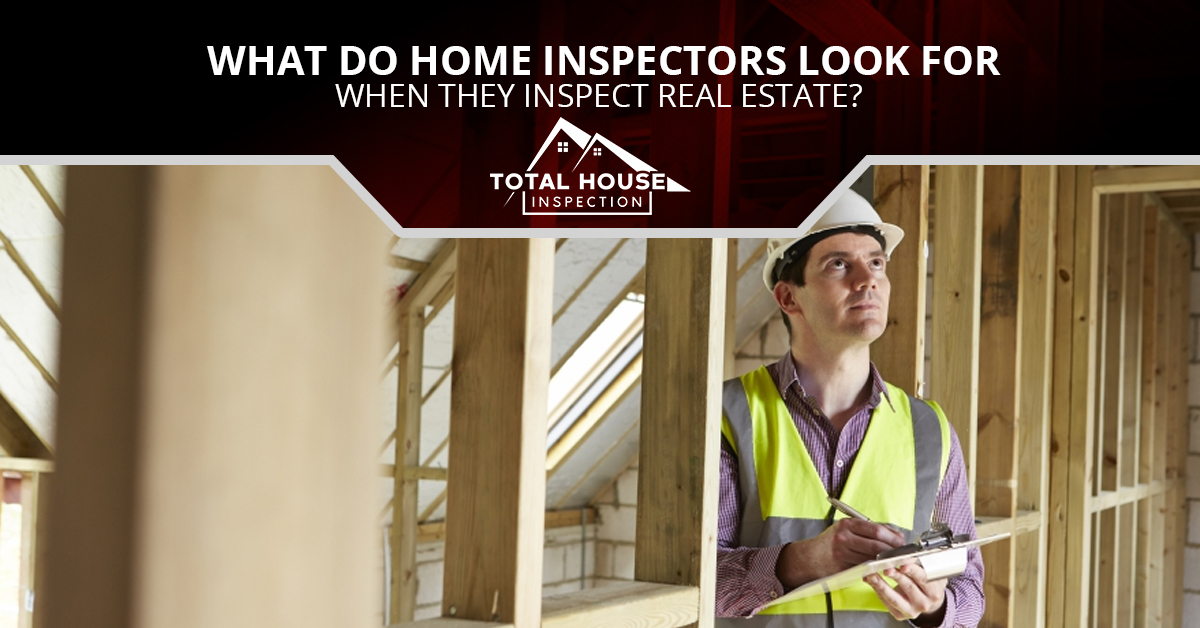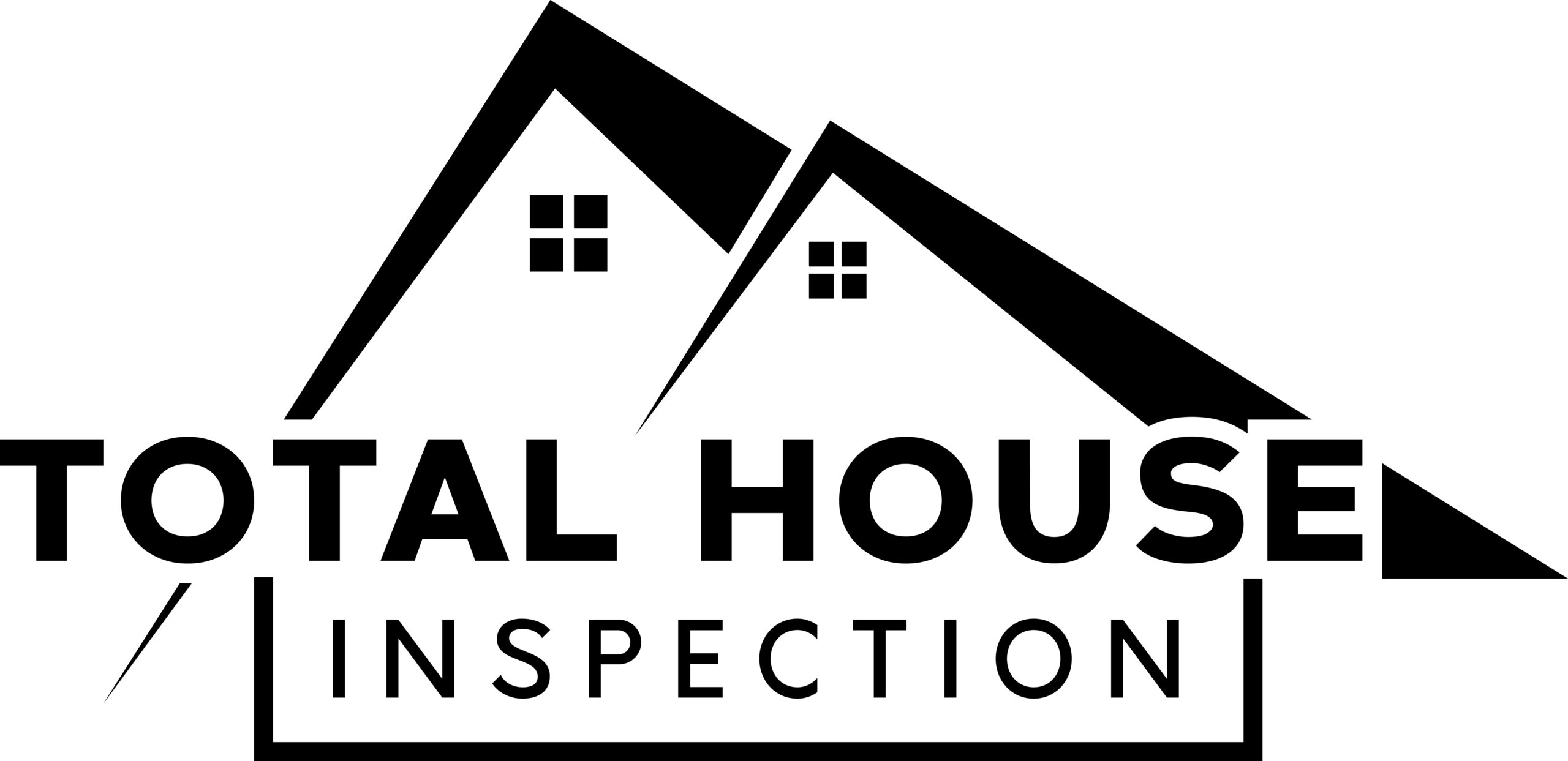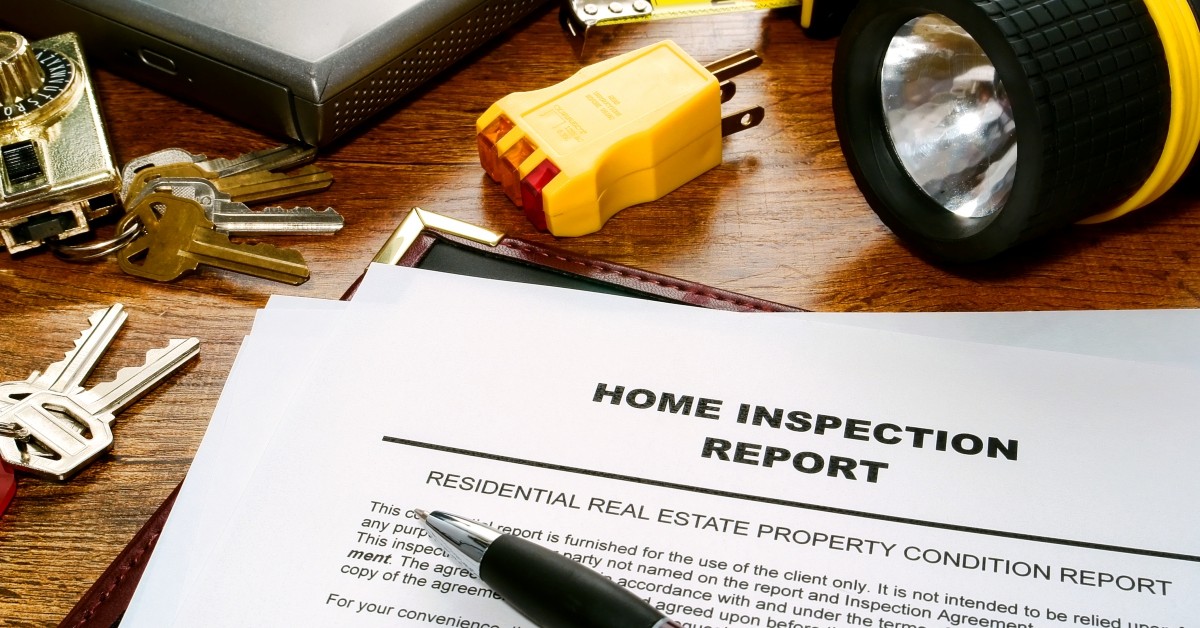
What Do Home Inspectors Look For When They Inspect Real Estate?
Without a doubt, one of the most common questions that people ask us about home inspection is “what do home inspectors look for in a property inspection report?” It’s a valid question, because house inspection is a very misunderstood career. While some people underestimate the level of inspection done during a home inspection, others overestimate what is done by a home inspection company. Today we’re going to take a look at what happens when we inspection real estate in the Rochester Hills area.
What We Do
There can be more than a thousand item on our itemized reports, but not all of them will apply to every house. In general, here are the general categories that most people are interested in hearing about when they ask “what do home inspectors look for?”
Roof
The roof is the first line of defense for a home, which is why it is placed under so much scrutiny by a home inspector. A property inspector will note the overall health of the shingles, of course, but will also look for problems with the flashing, the chimney, exhaust ports, loose gutters, and more.
Exterior
If the roof is the primary line of defense against the elements, the exterior is certainly the next most important. A home inspection report will include notes regarding cracks and any form of rot or decay in the siding. Any missing pieces of siding or places where water might seep in will also make it was onto the inspection report. Problems in the paint will be noted as well.
If a house does not have siding, such as with a brick or stucco house, the inspection will be different but just as involved. Bricks will be inspected for breaking, flaking, or problems with the mortar. Stucco will be inspected for cracks or loss of material.
Structure
Structural problems can occur in any home, no matter its age. An old home might have been perfectly built on a solid foundation, while a new home might have been rushed when it was built. On the other hand, old homes have had much more time to settle and could be suffering from the effects of time and use.
Looking for structural problems can be one of the most important parts of what a home inspector does, if only because fixing these problems can be some of the most costly. A home inspector will do a thorough inspection of the home’s foundation, searching for cracks in concrete and seeing if the house has moved on it. They will also look for signs of movement in the frame, inspecting doorframes and looking for telltale cracks in the drywall.
Attic
An inspector will do a visual inspection of the attic. The most common problems that they see will be signs of leaking, because leaks aren’t always obvious from the outside. Inspecting insulation can be an important part of the process, because compacted insulation can indicate that water damage has occurred. It can also mean that rodents have been in and created a nest.
There’s one other aspect of insulation that’s important: the thickness. Many homes are short-shrifted on their insulation during construction, and a home inspector can make sure that there’s enough insulation to meet code. Increasing the insulation in an attic ensures that the HVAC system will be more efficient, saving the homeowner money.
Electrical
Checking the electrical health of a home is vitally important, especially in old homes. A property inspector will test light switches and sockets, ensuring that there are enough outlets in each room. They will also check electrical panels and visible wiring and note any problems they see.
But proper electrical standards are also important to check in newer homes. Municipal codes are changing all the time, and electrical components that weren’t properly installed in the first place should be noted. Homeowners sometimes add shelving too close to fuse boxes, and that will certainly be noted on a home inspection report.
Plumbing
Plumbing is one of the most important utilities in the home, and unfortunately, a lot can go wrong with it over the years. A home inspector will examine and evaluate any exposed pipes, drains, water heaters, and test the temperature and water pressure in the home
(Please note: sewer line inspections are not included as part of a property inspection report, as they are considerably more involved than standard home inspection. We do, however, recommend that you get one done, and Total House Inspection offers them for an additional fee)
Windows and Doors
Windows and doors are a vital part of securing a home’s thermal envelope. When a home has leaks, any air conditioning or heating is compromised.
Home inspection services include checking these vital structural components of the house. Notes will be made concerning any damage to the doors or windows, how the caulking is holding up, and if the frames are secure. Because windows and doors have gaps that are covered with trim, water can get in more easily as it wears. Inspectors will check for rot in these areas.
Kitchen
The kitchen is one of the most-used rooms in most houses, and therefore it can suffer quite a lot of wear and tear. Leaks are one of the most important things that they can check for under the sink. It’s also vitally important that the GFCI outlets, those that interrupt the electricity if a dangerous power surge is detected, are functioning properly. House inspectors will also check to make sure that cabinet doors and drawers are working as they should be.
(Please note: house inspectors do not inspect appliances except for water heaters and furnaces.)
Bathrooms
Bathrooms often suffer quite a bit of abuse. They’re often subjected to splashed water and heavy steam, as well as surprisingly-harsh cleaning and body care products. But they’re actually the room in the house that people probably understand the most when it comes to a property inspection report, because the problems associated with a bathroom are often easy to see.
A home inspection company will check for leaks under the sink. They’ll also check the water features in every bathroom. This includes making sure the toilets flush, the drains drain, and the sinks are delivering an adequate amount of water.
Living Rooms, Bedrooms, Basements, Offices
Home inspectors will inspect all other rooms in the house as well. In general, they’re checking for problems that might indicate a problem with construction or hidden parts of the home that are failing. Cracks in the wall could indicate shifting framing, and stains on the ceiling could suggest leaks in the roof or plumbing. They’ll also note insufficient numbers of electrical outlets or heating/cooling vents.
Grounds
This is a catchall that includes everything that isn’t part of the house. Inspectors will look for any grading that could cause water problems and search for pooled water or obvious signs of erosion. They’ll also give a quick look at the plants on the property. (While they’re not arborists and can’t identify every problem, a home inspector is familiar with the most common problems that affect plants in the Rochester Hills area.) Property inspection also includes outbuildings, railings, and retaining walls.
Contact Us To Inspect Your Real Estate Today!
What you see above is only a partial list, so you can see that home inspectors have a lot to handle. If you’re about to buy or sell a home, a property inspection is a must. Contact Total House Inspection today!




